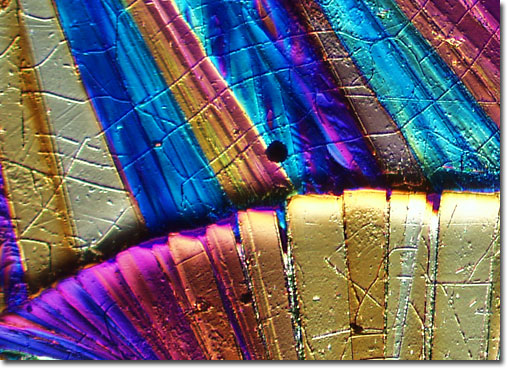Zeaxanthin

|
Zeaxanthin is a yellow-colored lipid-soluble xanthophyll, which is also an oxidized hydroxy derivative of beta-carotene. This biochemical, a strong antioxidant and one of two yellow carotenoids found in the retina, is abundant in spinach, collard greens, and corn. It is widely believed that zeaxanthin acts to filter and shield harmful blue light from the eye and protect against age-related macular degeneration, the leading cause of blindness in people over 65. Popeye, the popular cartoon character known for his timely consumption of spinach, was correct in his assumption that this unpopular vegetable is healthy eating. So was mom. Ounce for ounce, spinach contains more than twice as much zeaxanthin and more than 60 times as much lutein as yellow corn. These carotenoids are now believed to protect against development of cataracts, and may have other health benefits as well. |
© 1995-2025 by Michael W. Davidson and The Florida State University. All Rights Reserved. No images, graphics, software, scripts, or applets may be reproduced or used in any manner without permission from the copyright holders. Use of this website means you agree to all of the Legal Terms and Conditions set forth by the owners.
This website is maintained by our
|